Ask John: Which Important Anime Have Never Been Released in America?
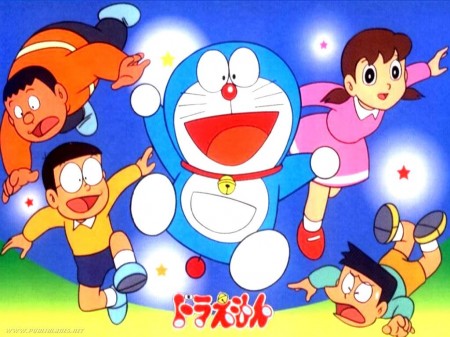
Question:
Captain Tsubasa is one anime I’ve always wanted to see get fully released (or, at least, fansubbed) in America, but it’s always fallen flat here. I’m curious about it because I’ve heard how famous and respected in Japan it is, and how influential it was to a number of manga-ka. My question to you is, what are some of the most famous, respected and influential animes to never receive any kind of release in America? And which ones were released here but never got anywhere near the attention from the American fandom that they enjoyed in Japan (like Galaxy Express 999)?
Answer:
Since this is a pretty substantial question to address, allow me to split my answer in half. First I’ll address significant anime that have never received any official American release.
Especially over the past several years since the advent of studio authorized international anime streaming, American otaku have been fortunate to keep abreast of current anime nearly as comprehensively as Japanese residents. And particularly with the contemporary American discovery of interest in vintage anime that’s encouraged domestic DVD licenses for Rose of Versailles, original Lupin III, Cutey Honey, and Captain Harlock, combined with the debut of AnimeSols and its streaming distribution of titles including Yatterman, Tekkaman, and Aoi Blink, Americans now suddenly have drastically improved access to vintage and historically significant anime. However, a lot of older long-running and tremendously popular anime series in Japan have yet to receive any sort of authorized American distribution, such as Ikkyuu-san, Manga Nihon Mukashi Banashi, and Tsurikitchi Sanpei (which memorably got tributed in 2010’s Angel Beats episode 7). Yet even more vintage anime titles with even greater significance have yet to officially reach America.
Ironically, possibly the most successful and beloved anime of all time has never received a single official American nationwide release. The ongoing Doraemon franchise has over 2,300 television episodes and more than 50 theatrical films. Since his anime debut in 1973, Doraemon, the time-traveling robot cat has become an official Japanese cultural ambassador appointed by the Japanese government’s Ministry of Foreign Affairs and has become one of the most recognized fictional characters in the world. Practically every anime fan knows who Doraemon is, yet no Doraemon anime has ever been widely released in America.
The longest continuously running animated series in history has likewise never had an official American release. The Sazae-san slice-of-life domestic comedy series has been airing weekly episodes in Japan since 1969. The series presently has roughly 7,000 episodes and shows no sign of ending.
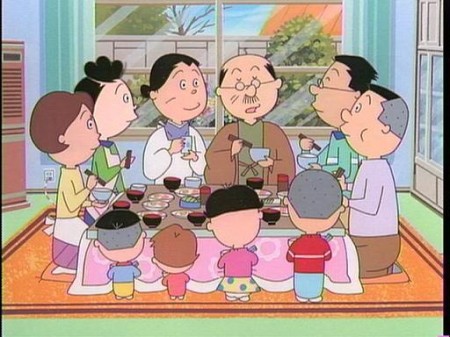
Toei’s 1966 television series Mahotsukai Sally introduced the tropes of the modern magical girl. The concepts of a young girl sent from a magical world to Earth, a girl who must hide her magical abilities, and an animal mascot character have been repeated in countless shoujo anime. Despite its age, the animation quality, art design, and story of the original Little Witch Sally series still hold up as entertaining today. Yet despite receiving two TV series, two TV specials, a theatrical film, and even a 2009 live-action TV commercial for Japanese internet service provider OCN, Mahotsukai Sally has never been officially released in America despite being distributed in a variety of other countries.
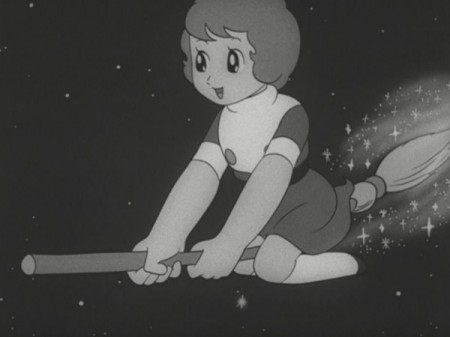
1968’s Kyojin no Hoshi is the first sports anime and one of the most beloved of all classic anime. This long-running, very popular baseball anime introduced many of the conventions of sports anime including the ideas of the poor, humble kid making it to the big leagues, harsh training sessions, and super techniques. Sports anime is heavily indebted to Kyojin no Hoshi, and anime including Pokemon, Urusei Yatsura, The Supergal, You’re Under Arrest, Miami Guns, One Piece, and most recently this year’s Kotoura-san include Kyojin no Hoshi homages.
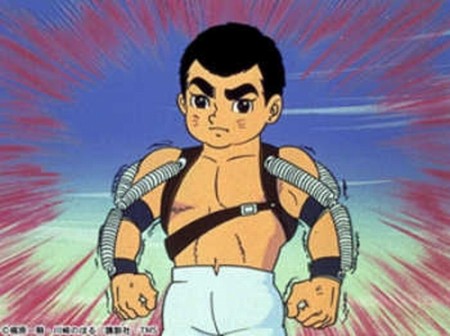
Similarly, the 104-episode Attack No. 1 girls’ volleyball television series from 1969 has never had any American release despite paving the groundwork for later girls’ sports anime including Attacker You, Ashita e Attack, and Ace wo Nerae. The hit series spun off four theatrical features and a 2005 live-action television series. It was also memorably parodied in the 2008 Lucky Star OVA.
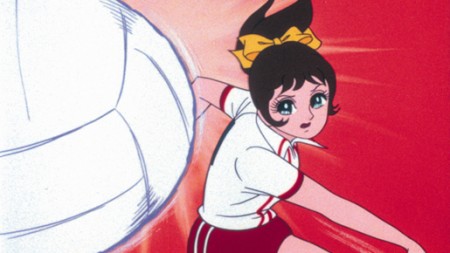
The 1969 Tiger Mask television series really isn’t very well drawn or well animated, but its hot-blooded compelling story and intense, for its time, pro-wrestling violence have made it an influential and fondly remembered international hit. The tiger mask-wearing pro-wrestler has reappeared in Battle Royal High School and the Tekken fighting game franchise, and has appeared periodically in the real-life Japanese pro-wrestling circuit since the early 1980s when the “Tiger Mask” was first worn by wrestler Satoru Sayama. Despite being so widely recognized, no Tiger Mask anime has ever been officially released in America.
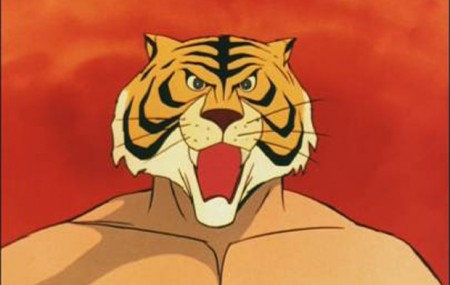
Director Osamu Dezaki’s 1975 mouse adventure television series Ganba no Bouken is one of Japan’s most loved anime series yet this stylish, darkly comical, and somewhat violent children’s adventure tale has never had any sort of official American release.
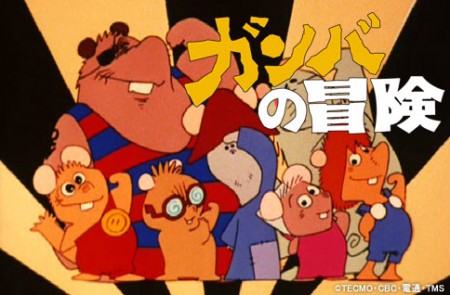
Shigeru Mizuki’s Ge Ge Ge no Kitaro has had five anime television series in five different decades. While 1968’s first Ge Ge Ge no Kitaro television series is pre-dated by 1965’s Obake no Q-Taro, the “Q-taro the Ghost” anime is a comedy without any trace of horror, making Ge Ge Ge no Kitaro arguably the first horror anime. Kitaro’s “yokai” cast have become Japanese cultural icons, and Ge Ge Ge no Kitaro certainly set the tone for later children’s horror anime series including Akuma-kun and Dororon Enma-kun. None of the Ge Ge Ge no Kitaro TV series or numerous movies, nor even the 2008 Hakaba Kitaro adaptation of Mizuki’s prototype Kitaro manga have ever been officially released domestically.
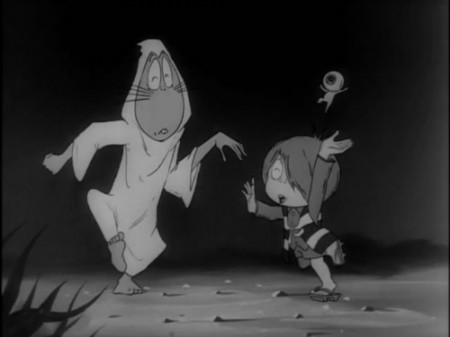
While Gonzo’s 2008 web-anime adaptation of Fujio Akatsuka’s 1991 comedy manga Hennako-chan did get streamed internationally, none of Akatsuka’s beloved trilogy of classic gag anime – Osomatsu-kun (1966), Moretsu Ataro (1969), and Tensai Bakabon (1971) – have ever received any official American circulation. These domestic comedies paved the way for later hits in a similar vein like Dame Oyaji, Jarinko Chie, and Crayon Shin-chan.

Captain Tsubasa isn’t the only massive 80’s hit to never receive any American distribution. Despite Akira Toriyama’s Dragon Ball becoming a massive American hit, his earlier 1981 fantasy slapstick comedy series Dr. Slump Arale-chan has never received any official American release. The anime franchise spawned 243 first-series episodes, eleven theatrical films, and a 74-episode 1997 television series. Ironically, Studio Knack’s 1982 rip-off of Dr. Slump, Cybot Robotchi, did get an official American home video release in 1985 as an edited movie titled “Robby the Rascal.”
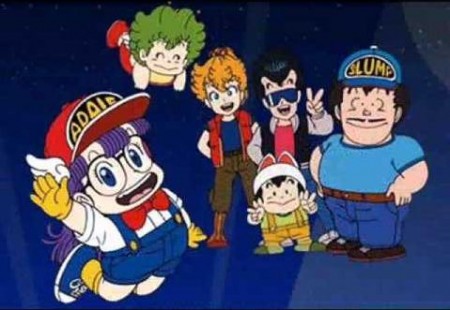
Add a Comment
You must be logged in to post a comment.


A classic that I’m surprised hasn’t had a official U.S. release is Future Boy Conan, since it was directed by Hayao Miyazaki.
Keep Disco: Actually, it may not be much of a surprise that the Future Boy Conan hasn’t been brought over here. It’s very possible that the hypothetical American distributor would have to pay Key’s estate on top of the usual licensing fees. The damned book has been out of print for ages and costs a fortune on the used market, but I guess the lawyers are still glomping onto the rights, anyway.
Plus, there’s that whole “Worried about getting sued because of confusion with Conan the Barbarian” thing which caused TMS, FUNi, and Viz to opt for name changes. Though that part could easily be remedied by just calling the American release, “Future Boy”.
I did consider mentioning Mirai Shonen Conan in my response, but I elected not to because the series has historical significance but not nearly as much influence on the rest of the anime industry or the production of anime since 1978.